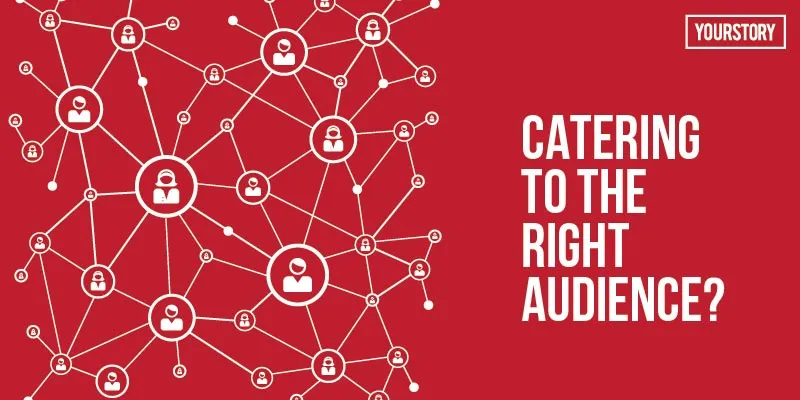5 tips to acquire accurate customer data for your business
Know what your customers want most and what your company does best. Focus on where those two meet. – Kevin Stirtz, marketing author
“Know your customers” is one advice that every entrepreneur gets at every phase of his expanding venture. In today’s metric-driven marketing industry, it is very easy to neglect the actual needs of customers. Understanding your customers isn’t complex if you know how to collect meaningful data that reflects your target group’s behaviour patterns, decision-making triggers and other significant factors that affect a purchase. Once you know what drives them to your products and services, it gets easier to engage them in a way that results in an increased sales volume.

Remember that customers choose to dine out at a particular restaurant over others because that business has made efforts to build a place that caters to a particular audience, offering quality services at the right price based on sound market research. To engage your target audience effectively, you must gain in-depth knowledge about your customer and leverage it across different channels.
Here’s what you can do to acquire accurate data about your customers to help you define your target audience precisely.
Focus on a cross-channel view
Maintain good interactions with your potential market through all possible channels, both offline and online. Most companies get accurate data about their target audience from personal interactions conducted with them at offline establishments. Incorporating this offline data into your database will help you strategise your customer service approaches accordingly.
For instance, e-commerce companies can augment their customer-driven data collected from offline store activities to optimise customer experience.
Tap on a customer’s real-time behaviour
The more you engage with customers, the clearer things become and the easier it is to determine what you should be doing to serve them better. Keeping a track of your customer’s real-time behaviour helps you understand them and their needs better. You get greater insight about their actions and reactions.
For instance, if you are an online business, you should know how long a customer is staying on your website. What was the source of redirection? What kind of content hooks your customers and what causes increase in bounce rate? Using Google Analytics to track real-time behaviour of your customers is a great way to gather as much data possible to harvest and blend the results into delivering impeccable service. Studying big data also helps incubate your next big move.
Map out interests of your target group
Mapping out the interest and behaviour patterns of your target audience would require you to create data that blends the predictions and actual data on your existing customer base. Create a report on different demographics, interests, hobbies, purchasing power and age groups to find out ideal buyers of your products. Explore what is unique about your business and how it meets the ultimate requirement of your target group.
For instance, if you are tapping into the fashion market, ask the following set of questions to create a customer profile that directs you to the right strategy.
What other e-commerce websites do they prefer?
What kind of blogs attracts their attention?
Do they prefer reading or watching videos on fashion hacks?
By asking such questions and more, you’ll be able to tap into how your existing customer base view your industry and can help you create a brand profile that directs you to the right set of customers.
Track the referral source
One of the biggest mistakes new businesses make is not asking their customers the source of reference that drove them to your business. Many times customer executives are so busy closing the deal that they often skip this step. Without this information, you won’t be able to track the strategies that are working in your favour. Tap into this approach as much as you can and make it compulsory for your sales team to track the source of the lead. It is not only going to act as valuable information for your marketing team, but it will also generate genuine data for further studying your customer prospects.
Make social media your best friend
Statistics show that, on an average, an individual spends about five to six hours a day fiddling through their social media accounts. That’s one-fourth of the day spent networking. Clearly, social media is one of the best ways to acquire accurate customer data for any business. If you spend a good amount of time studying your page insights, you’d be able to get your hands on user data that’s driven by real-time behaviour patterns of your existing, as well as potential audience. If social media page insights confuse you, use tools and software such as Google Analytics, Prophesee, Piwik, Clicky and the like that are designed to hone such data across all streams.
Follow these tried and tested approaches for acquiring accurate customer data and you’ll see a huge difference in the overall growth of your company with respect to customer acquisition. These methods have shown amazing results and are sure to add value to any organisation, irrespective of size or scale.







